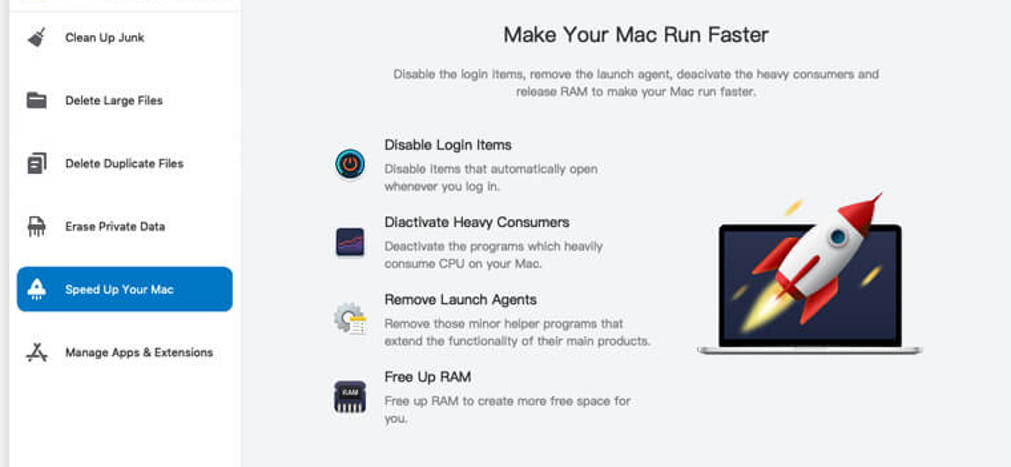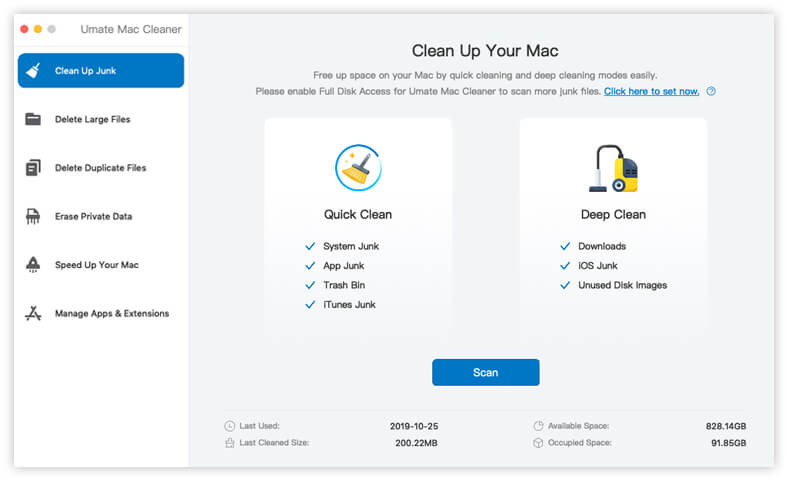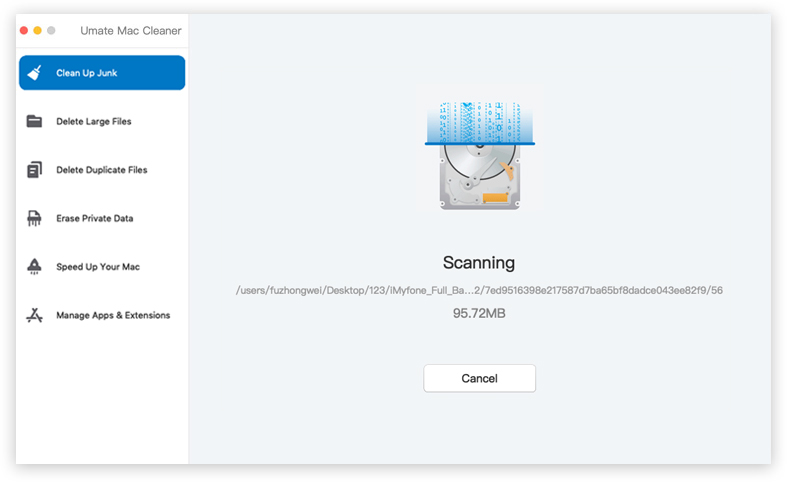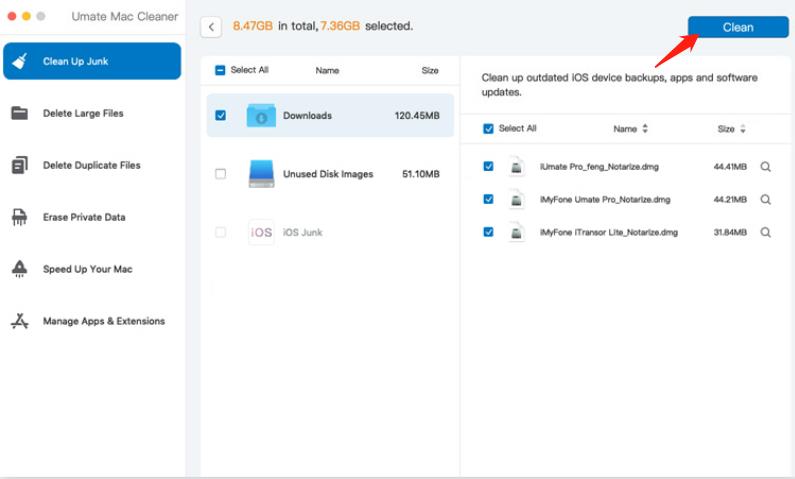At the heart of Apple’s macOS security is your password – you’ll need it for various tasks such as installing new software or making changes to the system preferences. Additionally, you’ll require it when logging in to your Mac or deleting essential files. In case you’ve lost or forgotten your password, or it’s not working, don’t panic. This article will guide you on how to recover a lost Mac password.
Furthermore, if you’re facing issues with your iCloud login or Apple ID password, you can read about what to do if you forget your Apple ID password. Similarly, if you’ve forgotten the admin account password on your Mac, you may find the article “How to change the admin password on a Mac” helpful. Lastly, if you need help finding a password on a Mac, check out our guide on “passwort Finder Mac“.
Part 1. How to Find Saved Passwords in Safari?
How to use Password Finder Mac to locate saved passwords in Safari? Prior to discussing the deletion of passwords on your Mac, let us guide you through the steps of accessing passwords you’ve previously saved using Password Finder Mac:
- Open Safari on your Mac.
- Navigate to the menu and select Preferences > Passwords > AutoFill.
- Click Edit next to the Usernames and Passwords option.
- Provide your admin password for authentication.
- A pop-up window containing websites and saved passwords will appear.
Note: If you see a yellow triangle with an exclamation mark inside, it indicates that you have used the same password on other sites. It’s advisable to use unique passwords for each account. So, how can you delete passwords on Mac? You can accomplish this task in two ways: manually going through each browser or by utilizing a tool such as Passwort Finder Mac, which offers a faster method for deleting passwords from your browser.
Part 2. How to Delete Passwords on Mac from Browsers Manually
Let us guide you through the steps of using Password Finder Mac to locate saved passwords in Safari. Before discussing how to delete passwords on your Mac, here’s how to access passwords you’ve previously saved using the Password Finder Mac tool:
- Open Safari on your Mac.
- Navigate to the menu and select Preferences > Passwords > AutoFill.
- Click Edit next to the Usernames and Passwords option.
- Provide your admin password for authentication.
- A pop-up window containing websites and saved passwords will appear, thanks to Password Finder Mac.
Note: Keep an eye out for a yellow triangle with an exclamation mark inside. It means you’ve used the same password on other sites, so it’s best to use unique passwords for each account.
Wondering how to delete passwords on Mac? You have two options: manually going through each browser or utilizing a faster method with a tool like a Password Finder Mac to delete passwords from your browser.

Delete Passwords in Google Chrome
If your passwords are saved in Google Chrome, you can delete passwords on Mac follow the steps :
- Open Safari on your Mac.
- Go to the menu and choose Preferences > Passwords > AutoFill.
- Click on Edit next to the Usernames and Passwords option.
- Provide your admin password for authentication.
- Thanks to Password Finder Mac, a pop-up window displaying websites and saved passwords will appear.
Note: If you see a yellow triangle with an exclamation mark inside, it indicates that you have used the same password on other sites. It’s advisable to use unique passwords for each account. Now, if you want to delete passwords on your Mac, there are two ways to do it: manually through each browser or using a tool like Password Finder Mac for a faster method of deleting passwords from your browser.

Delete Passwords in Firefox Browser
If you’re looking to delete passwords on Firefox using a passwort Finder Mac, simply follow these steps:
- Open the Firefox browser.
- Navigate to the menu bar at the top of your screen.
- Click on “History” and select “Clear Recent History.”
- Choose the time range “Everything” or a specific period.
- Click on “Details” and check the box labeled “Active Logins.”
- Finally, click “Clear Now” to delete the passwords.

If you want to delete passwords in Firefox on your Mac, you can follow these steps:
- Launch Firefox on your Mac.
- Click the three vertical dots in the top-right corner to access the menu list, and select “Settings.”
- Navigate to “Security & Privacy.”
- Click on “Saved Passwords.”
- A pop-up window will appear, allowing you to remove and erase any saved passwords in Firefox on your Mac.
Remove Passwords from Your Safari Browser
If you want to delete passwords from your Safari browser on your Ma, follow these steps:
- Launch Safari on your Mac.
- Click on “Preferences” in the menu bar and select “Passwords.” You may need to enter your admin password.
- Select the saved passwords you want to erase.
- Click on the “Remove” button located at the bottom right corner of the window to confirm the deletion.
Part 3. Quick Way to Clear out Saved Passwords
If you’re looking for a tool to help you clear out saved passwords and secure your personal information, we recommend using Mac Cleaner. With just a few clicks, this tool can clear browser data, such as history and cookies, from your computer.
Using Mac Cleaner is simple and user-friendly, allowing you to easily select which data to delete and which data to keep. It can also scan multiple browsers, making it a versatile solution for clearing out saved passwords and other sensitive information. If you’re looking to delete specific files from your computer, Mac Cleaner is a cleaning app that can help. Here’s how you can utilize this app to achieve your objective:
Step #1: Download, Install, and Set up Mac Cleaner
To begin the process, you’ll need to download, install, and set up Mac Cleaner. To do so, follow these steps: first, click on this link to access the Mac Cleaner download site, and then click the “Download Now” button. After the file has finished downloading, run the installer and follow the on-screen instructions. Once the installation is complete, the Mac Cleaner software should open automatically.

Step #2: Choose Clean up Junk
navigate to the left-hand side of the interface where you’ll see six different module options offered by Mac Cleaner. These include (1) Clean Up Junk, (2) Delete Large Files, (3) Delete Duplicate Files, (4) Erase Private Data, (5) Speed Up Your Mac, and (6) Manage Apps & Extensions. For your intended purpose, you’ll only need to select the Clean Up Junk module, which allows you to identify and remove various types of junk files such as System Junk, App Junk, Trash Bin, iOS Junk, iTunes Junk, and Downloads. To select this module, simply click on it from the left-hand sidebar.

Step #3: Click the Scan Button
After selecting the module, the software interface will split into two sides – Quick Clean and Deep Clean. Quick Clean allows for a speedy scan of System Junk, App Junk, Trash Bin, and iTunes Junk, while Deep Clean takes longer but can detect more files, including Downloads, iOS Junk, and Unused Disk Images in addition to the previously mentioned categories. Since both options scan for App Junk, you can select either one and proceed to click the Scan button.

Step #4: Pick a File Category and File/s
once the scan has finished, you’ll be directed to the next page where you’ll find a list on the left-hand side of the interface. This list includes the file categories previously mentioned, such as System Junk, App Junk, Downloads, Trash Bin, Unused Disk Images, and more. By selecting a specific category, a new list will appear on the right-hand side of the interface, displaying the individual files that belong to that category. Alternatively, you can choose to select all items by clicking on the “Select All” option.

Step #5: Clean the File/s
the final stage of this process is to remove the files you have selected in the previous step. To accomplish this, click the “Clean” button located at the top-right corner of the window. This may take some time, but it should effectively eliminate the files. The Clean Up Junk module is particularly valuable as it enables you to delete files from other apps.
Additionally, Mac Cleaner is a versatile software that not only facilitates this task but also enhances the speed of your Mac and uninstalls specific applications, among other features. While it may require some time to become accustomed to, this guide should help you navigate it seamlessly.

Going Forward
After going through this post, deleting passwords on your Mac will no longer be a concern. Mac Cleaner is a tool that can assist you in removing saved passwords from your browser. Although there is a manual method available, it may consume more of your time. With Mac Cleaner, you can save time and simplify the process. It is intended to be a time-saving and hands-free solution, so give it a shot today!
Latest Articles